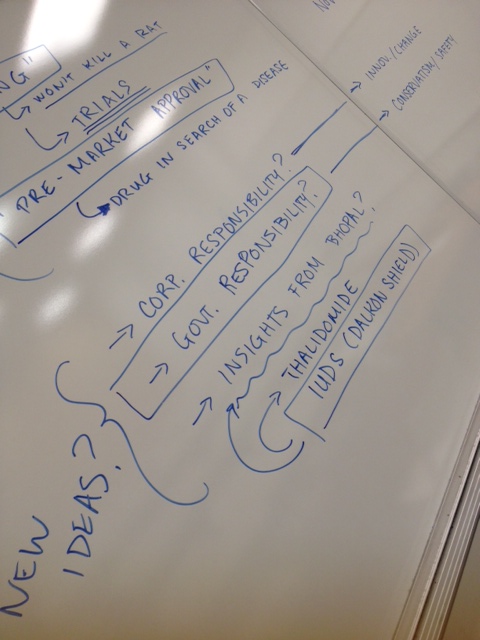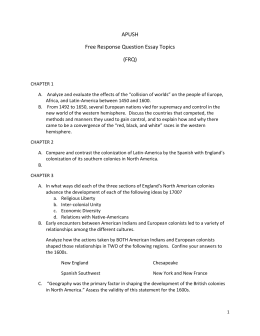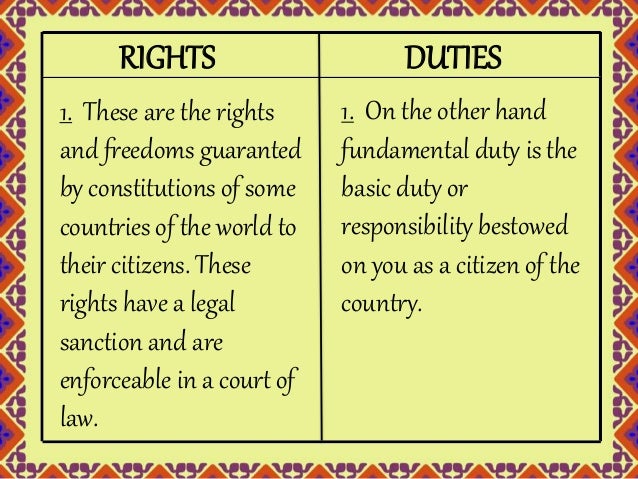Repeated Measures ANOVA - Understanding a Repeated.
An initial MANOVA examined age and educational literacy as covariates, the three latent variables as dependent variables (DVs), and gender of baby in survey and gender of participant as independent variables (IVs). After excluding age and educational level as nonsignificant, a follow-up MANOVA examined associations between the DVs and IVs.
One-Way Repeated-Measures ANOVA Analysis of Variance (ANOVA) is a common and robust statistical test that you can use to compare the mean scores collected from different conditions or groups in an experiment. There are many different types of ANOVA, but this tutorial will introduce you to One-Way Repeated-Measures ANOVA. A repeated-measures (or within-participants) test is what you use when.

Having several repeated-measures DVs one can apply a univariate approach (also called Repeated Measures sensu stricto or split-plot approach) or multivariate approach (or MANOVA). In univariate approach, RM levels are treated as deviations from one variable, their average level. In multivariate approach, RM levels are treated as covariates of each other. Univariate approach requires sphericity.

Two-Way Repeated Measures ANOVA A repeated measures test is what you use when the same participants take part in all of the conditions of an experiment. This kind of analysis is similar to a repeated-measures (or paired samples) t-test, in that they are both tests which are used to analyse data collected from a within participants design study. However, while the t-test limits you to.

MANOVA Method for Analyzing Repeated Measures Designs: An Extensive Primer Statistics Ralph G. O'Brien Department, University of Tennessee Mary Kister Kaiser Human Performance Center, University of Michigan This article teaches the multivariate analysis of variance (MANOVA) method for repeated measures analysis to researchers who are already familiar with regular analysis of variance (ANOVA.

Multivariate analysis of variance (MANOVA) is simply an ANOVA with several dependent variables. That is to say, ANOVA tests for the difference in means between two or more groups, while MANOVA tests for the difference in two or more. vectors. of means. For example, we may conduct a study where we try two different textbooks, and we.

Mathematically, the MANOVA is fully equivalent to the discriminant analysis. The difference consists of a switching of the independent and dependent variables. Both the MANOVA and the discriminant analysis are a series of canonical regressions. The MANOVA is therefore the best test use when conducting experiments with latent variables. This is.

Repeated Measures ANOVA Issues with Repeated Measures Designs Repeated measures is a term used when the same entities take part in all conditions of an experiment. So, for example, you might want to test the effects of alcohol on enjoyment of a party. In t his type of experiment it is important to control for individual differences in tolerance to alcohol: some people can drink a lot of.

Repeated Measures and MANOVA. Analysis of variance, repeated measures modeling, and multiple comparisons for data with multiple responses. Functions. expand all. Repeated Measures. fitrm: Fit repeated measures model: ranova: Repeated measures analysis of variance: mauchly: Mauchly’s test for sphericity: epsilon: Epsilon adjustment for repeated measures anova: multcompare: Multiple.

Covers a variety of linear models, such as univariate and multivariate regression, ANOVA and ANCOVA, mixed, MANOVA and MANCOVA, repeated measures and doubly multivariate repeated measures models. For repeated measures models, GLM offers many commonly used contrasts for the within-subjects factors, including deviation, simple, difference, Helmert, repeated and polynomial contrasts.

There are at least five types of follow-up analyses that can be done after a statistically significant MANOVA. These include multiple univariate ANOVAs, stepdown analysis, discriminant analysis, dependent variable contribution, and multivariate contrasts. SPSS annotated output: MANOVA. Grimm, L. G. and Yarnold, P. R. (editors). 1995. Reading.

GLM MULTIVARIATE, MANOVA, MANCOVA Multivariate GLM is the version of the general linear model now often used to implement two long-established statistical procedures - MANOVA and MANCOVA. Multivariate GLM, MANOVA, and MANCOVA all deal with the situation where there is more than one dependent variable and one or more independents. MANCOVA also.

A repeated measures analysis includes a within-subjects design describing the model to be tested with the within-subjects factors, as well as the usual between-subjects design describing the effects to be tested with between-subjects factors. The default for both types of design is a full factorial model. MANOVA always performs an orthonormal transformation of the dependent variables in a.



